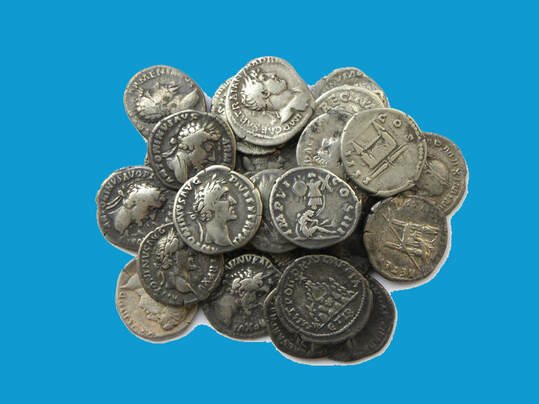Mainstream Christianity is divided on the understanding of this verse and its parallel in Mark 6:3. Roman Catholics and Orthodox Christians, as well as some Anglicans and Lutherans, believe the brothers and sisters mentioned were in fact Jesus’ cousins, or children of Joseph by a former marriage, and that Mary remained a virgin throughout her life. The main argument for this view is that the Greek word adelphos used in this scripture can also sometimes be used in a broader sense meaning step-siblings or cousins.
Most Protestants believe that as there is no indication in scripture of this former marriage, it is better to understand sisters and brothers as literal siblings. They argue that although adelphos can sometimes mean “cousin,” its normal use is “brother,” and the actual word for “cousin” in Greek (anepsios) is never used of any of Jesus’ family members. If the children mentioned as being with Mary in Matthew 13:55 were from a former marriage of Joseph, those brothers and sisters are not mentioned when Mary and Joseph went to Bethlehem, or to Egypt, or returned to Nazareth.
Another argument sometimes proposed in this context is that in three of the Gospels, when Jesus is told, “Your mother and your brothers are standing outside, wanting to see you,” he replied: “My mother and my brothers are those who hear the word of God and do it” (Matthew 12:46-50; Mark 3:31-35; Luke 8:19-21). This is sometimes said to show that Jesus’ brothers and sisters were just disciples, but the scriptures are clearly speaking metaphorically. In fact, the apostle John wrote that Jesus “… went down to Capernaum with his mother, his brothers, and his disciples …” (John 2:12), and here Jesus’ actual family members are clearly distinguished from his disciples.
A final issue to consider is that Protestants believe other scriptures such as Matthew 1:25 which says of Joseph, “ But he did not consummate their marriage until she gave birth to a son…” and Luke 2:7 which says of Mary: “and she gave birth to her firstborn, a son” indicate Jesus’ brothers and sisters were physical siblings. By the second century, this was the position of some members of the early Church such as Tertullian (c. AD 160-225), whereas others believed in the perpetual virginity of Mary.
Yet ultimately far more important than any theological or historical discussion of whether Jesus did have siblings is the fact that the Son of God now does have brothers and sisters. The Book of Hebrews tells us that we who follow Jesus since his resurrection become his brothers and sisters in the family of God: “Both the one who makes people holy and those who are made holy are of the same family. So Jesus is not ashamed to call them brothers and sisters. He says, ‘I will declare your name to my brothers and sisters…’” (Hebrews 2:11-12). It is clear that those with whom we share fellowship in Christ are now his brothers and sisters, as well as ours.





 RSS Feed
RSS Feed
